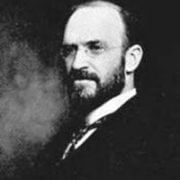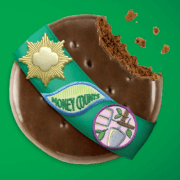November 26 is National Cake Day
Today is National Cake Day. One of the most delicious things ever invented, cake has earned every one of the fifteen holidays dedicated to different variations. Whet your appetite with the story of how it all got started.
dedicated to different variations. Whet your appetite with the story of how it all got started.
A Brief History of Cake
Cake dates back to ancient Egypt, where it was often flavored with nuts and honey. In Greece, it evolved into the pastry known as baklava. Ancient Romans added eggs and butter to honey-sweetened bread dough.
The Oxford English Dictionary traces the term cake back to the 13th century Old Norse word kaka. Fruitcakes and gingerbread baked in medieval Europe were dense and remained edible for several months.
Early English cakes were round, flat and hardened on both sides from being turned over during baking. Icing made of boiled sugar and egg whites was poured onto a finished cake, forming a hard glossy coating as it cooled.
Baking changed as oven reliability improved and ingredients such as refined sugar became widely available in the mid-17th century. By the mid-19th century, the use of refined white flour and baking powder instead of yeast created cake as we know it. Frostings using butter, cream and confectioner’s sugar began to replace boiled icings in the first few decades of the 20th century.
During the Great Depression, the need for easy, relatively inexpensive foods spurred the introduction of boxed cake mix. It was a hit with millions of housewives in the U.S. and soon caught on around the globe. Its popularity has endured ever since.
How to Celebrate Cake Day
That’s easy: eat some cake! Angel food, babka, Black Forest, bundt, carrot, cheesecake, chocolate, Devil’s Food, German chocolate, kugelhopf, layer, marble, panettone, Pear William, pound, red velvet, sacher torte, sponge cake, stollen, streusel, trés lêches, upside-down—the choice is up to you. Or have one of each: we’ll never tell!
![]()


 2022
2022




Leave a Reply
Want to join the discussion?Feel free to contribute!